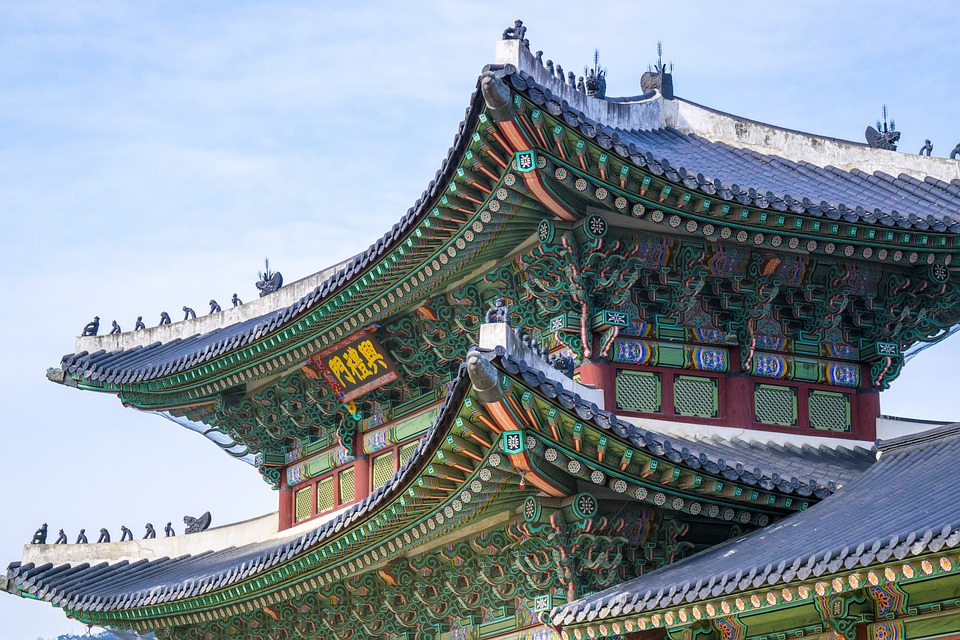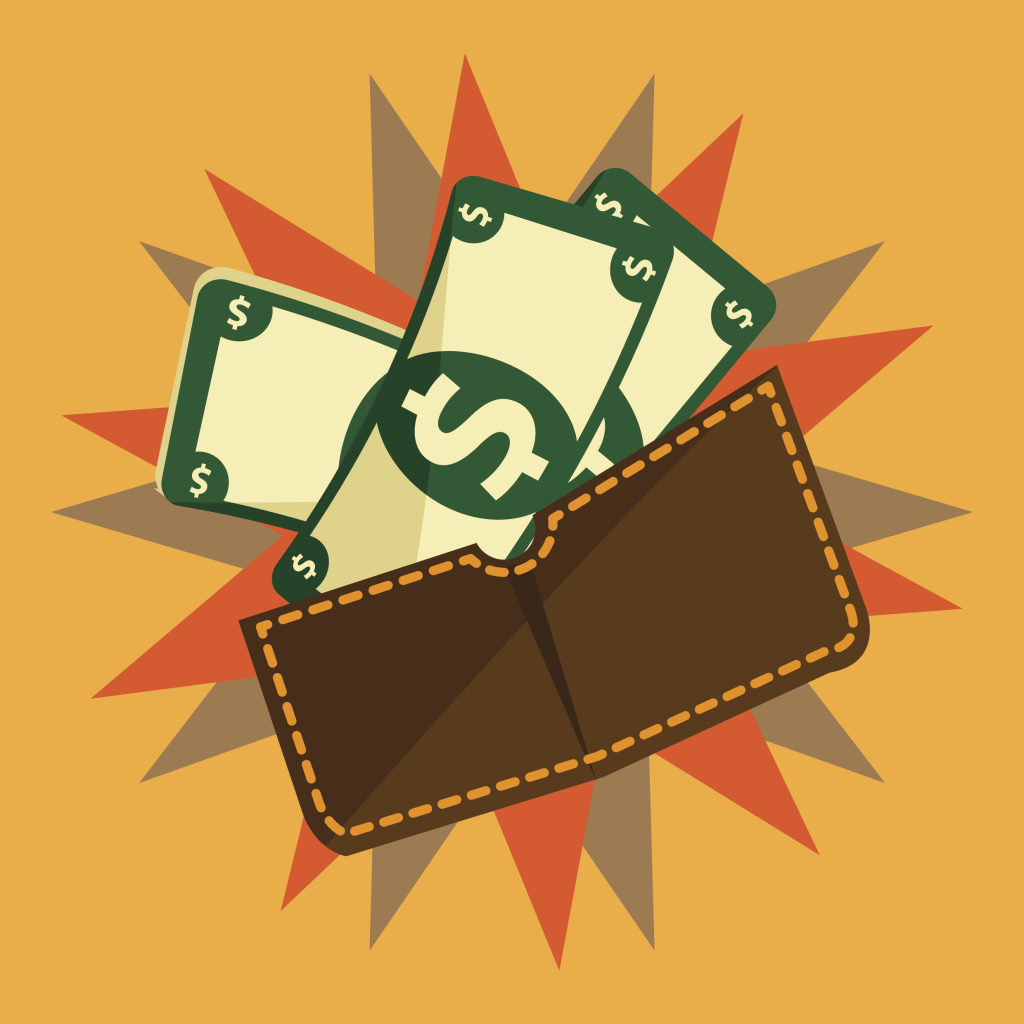How Paper Money Is Made
The First Paper Money
The Chinese people found metal coins to be very heavy to carry around with them and decided paper was much easier to carry.
At first, merchants would leave heavy strings of metal coins with a trustworthy person or agent.

The agent would give the merchant a slip of paper that recorded how much money the merchant was leaving on “deposit”.
These agents were the first ‘bankers’. With silk and spice trade developing along the Silk Road, merchants didn’t have to carry all their wealth with them on camels and other pack animals.
However, these promissory notes were not actual paper money, but it was the start.
The Song Dynasty
Almost 2000 years after the Chinese invention of coins, the Song Dynasty in China began making paper money. The Chinese already knew how to make paper and silk.
Printing on silk and on pottery was done by hand. Now they wanted to paint on paper but make it faster and make every print exactly the same.
The paper was painted using woodblocks and six colors of ink.
In 1265, the Song Dynasty united all the provinces and printed one standard paper money that could be purchased from the government with gold or silver.
Nine years later, the Song were defeated by the Mongols.
The Mongols
Kublai Khan was the leader of the Mongols from 1215 to 1294. They made their own form of paper money and brought it to Persia (now Iran).
They also showed it to Italy’s adventurer, Marco Polo, who stayed with the Khan’s court for 17 years.
When he returned to Italy, he brought many treasures and introduced paper money to the Roman Emperor.
This way of trading currency spread to all points of the Roman Empire, from Greece, Syria, and Turkey to North Africa to France and to Spain.
Modern Paper Money
By the 1600s, governments all over the world had borrowed the idea of issuing paper money to its citizens.

The paper money could be purchased with anything that the government considered valuable, such as gold, silver, other precious metals, gems, spices, or silk.
The technique of printing money developed over the centuries. Today it involves trained craftspeople and artists to design the look of each currency, technicians to develop the different inks.
Special mixtures, used to make the paper, are protected by law.
The Master Die:
First, the master die for each side of the bill has to be made. Engravers cut the design into soft steel which has specific dimensions.
The designs are very complicated and extremely detailed. Signatures of the government’s treasurer are also engraved with precision on the die.

The Master Plate:
After minute inspection, the master die is heated and a plastic sheet is pressed into it to make an impression. This is done thirty-two times, and the thirty-two impressions are then bonded together.
This makes a bonded impression of the front of the bill and another for the back of the bill. Each plastic impression is called an alto.
Each alto is electroplated and the plastic is removed. What is left is a very thin plate of metal called a basso.
After the basso is inspected, cleaned and polished, it is coated with chromium to make it hard. Now the master printing plate is ready to print paper currency.
Quiz Time!
What civilization was the first to make paper money?
How did paper money reach Italy and other countries?
In the early 1600s, what could paper money be exchanged for?
How is the master die made?
What is a basso?
Answers
The Chinese Song Dynasty in the 1200s were the first to print paper money.
Marco Polo returned to Italy with many treasures, one of which was paper money.
In the early 1600s, a person could buy paper money from the government with gold, silver, gems, silk, or anything the government decided was valuable.
The master die is made by an artist engraving a design into soft steel.
A basso is a very thin plate of metal that is left after the plastic is removed from the alto.









